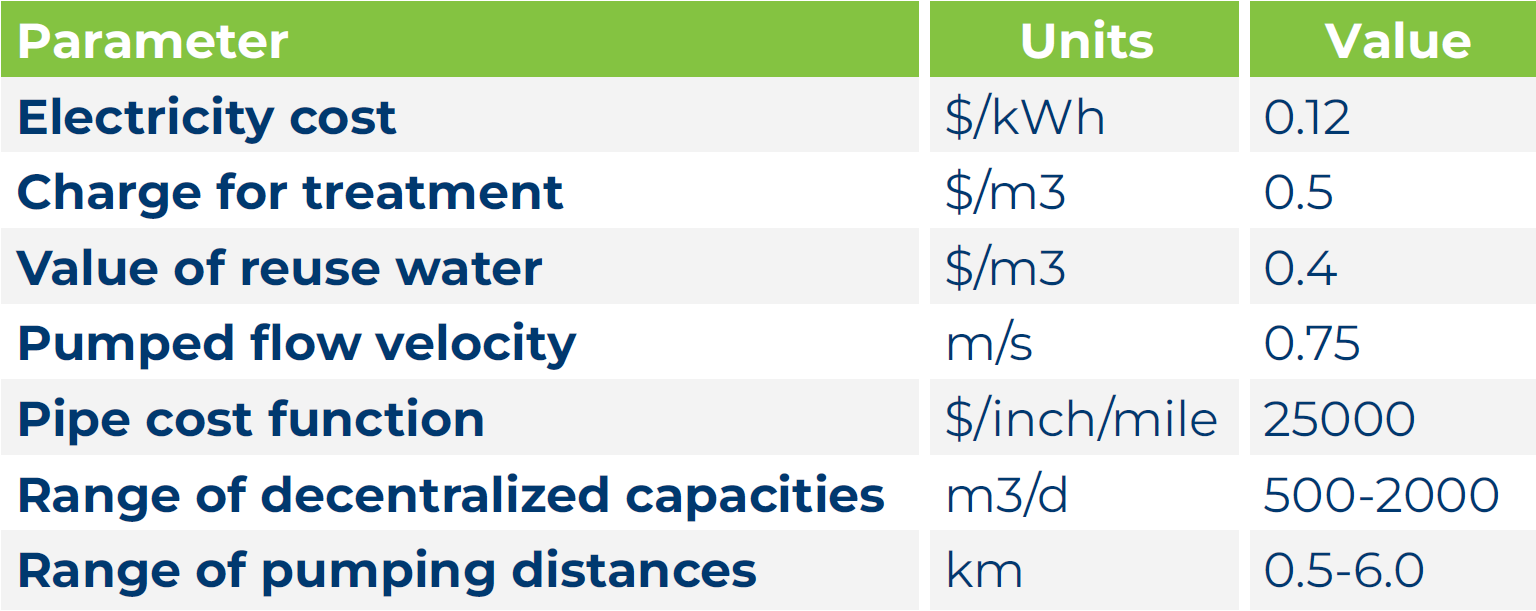Local biological wastewater treatment for total energy efficiency
Energy efficiency in wastewater treatment is a major consideration in the selection of treatment technology and drives many development efforts to reduce process energy consumption.
As a result, conventional technologies have been optimized and improved, and new technologies were created specifically to excel in energy consumption – such as MABR and TAYA (reciprocal constructed wetlands) and other.
The need for reduced energy in wastewater treatment
Energy consumption, mostly in the form of electricity, is a major item in the operating cost of wastewater treatment plants, alongside labor, chemicals replacement parts and other. There are possibilities for offsetting some of the energy costs with capital investment. Evaluation of the practicality of such possibilities requires amortized cost calculations. For example – for the installation of a control system with variable speed drives on blowers’ motors according to process DO measurement, the cost of the system is expected to be returned by savings on electricity over an acceptable period of time.

Local wastewater treatment and reuse cut energy & OPEX
A significant part of the energy for the entire wastewater management scheme is required for the pumping of a sewer to the treatment plant, and in some cases also pumping of effluents to their ultimate destination, which might be reuse nearby the source of the wastewater it was produced from.
Therefore, local wastewater treatment, especially in combination with
local reuse, has the potential to reduce capital investment in piping and pumping, and decrease operating expenses through lower energy consumption for pumping. When local treatment and reuse are combined with a natural energy efficient process such as TAYA reciprocal constructed wetlands, the economic benefits apply over a wide range of conditions.
Shifting from liability to long-term savings
Calculations for the long-term economic value of local treatment and reuse compared to connecting to an existing plant are presented below. The cost for connecting to a central wastewater treatment plant includes investment in a pumping station and in piping, as well as recurring payments for the pumping energy, charges for the treatment by the central wastewater treatment facility, and payment for water. On the other hand, the cost for local treatment by a TAYA plant includes the investment cost in a local small facility, and recurring costs for its operation.
The basis for amortization in all calculations is a 10-year period with 5% interest, and the main technical values are listed as follows.

WASTEWATER REUSE SOLUTIONS FOR DECENTRALIZED COMMUNITIES
The analysis is valid for the given set of conditions, over a selected range of capacities and distances, which reflect realistic conditions in certain places. With just minor changes this analysis can be adapted and applied to other cases and over wider or different ranges.
The results are presented in a chart below, in terms of the accrued cost benefit over 10 years, for wastewater treatment and reuse with a local TAYA system instead of connecting to an existing central facility over a range of capacities and distances to the central plant.
It is seen that the cost-benefit increases with capacity and distance within the range, for the selected design parameters that define the type of cases to which these results apply.
The return on investment was less than 5 years for most of the calculated range, and for the highest capacities and distances within the range were even lower than 3 years.
Ecological and economical technology for wastewater treatment

It can be concluded that local wastewater treatment and reuse, especially when using a low OPEX system like the TAYA reciprocal constructed wetlands, is economically beneficial over a wide range of design conditions. This result is obtained largely due to savings on wastewater and effluent long-distance pumping. Thus it is recommended to conduct this type of analysis prior to a strategic decision on a solution for a local source of wastewater, especially when local reuse is possible.



